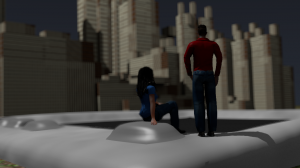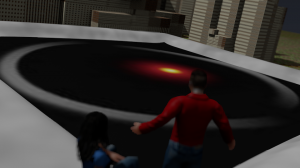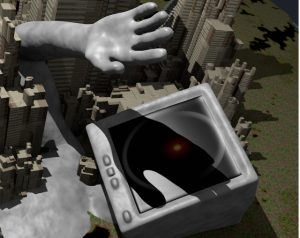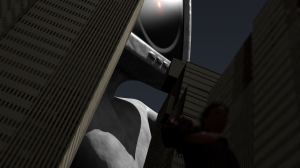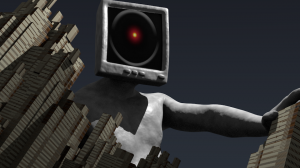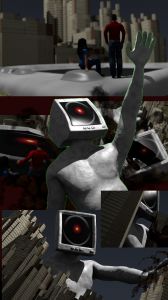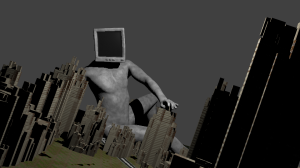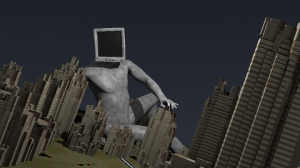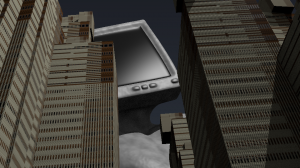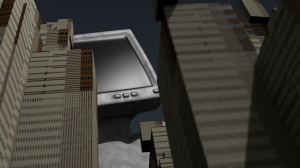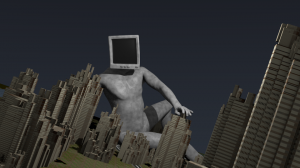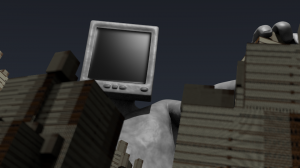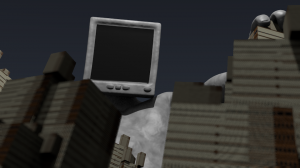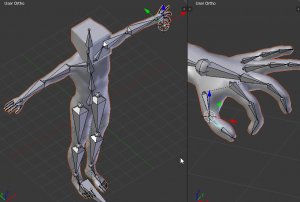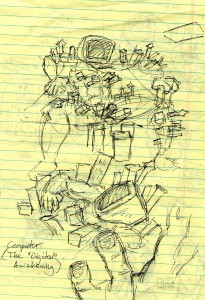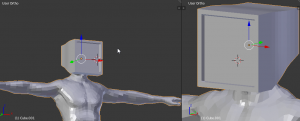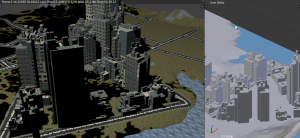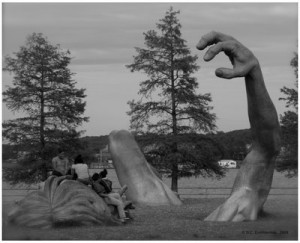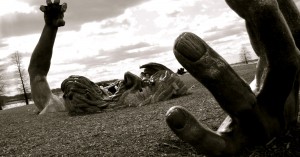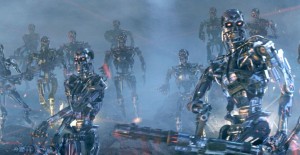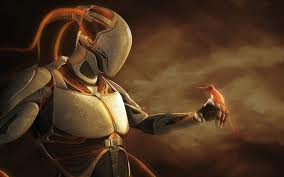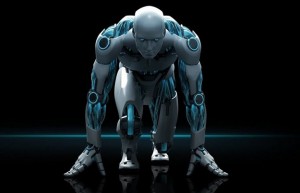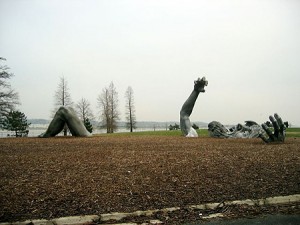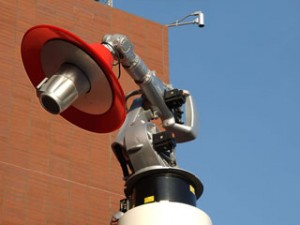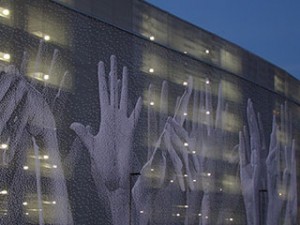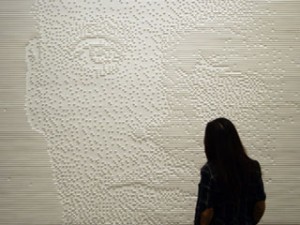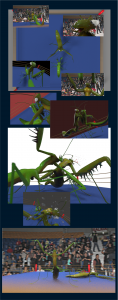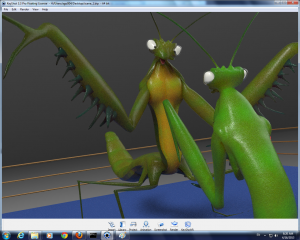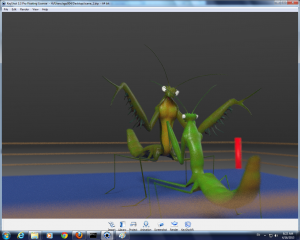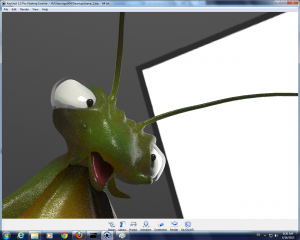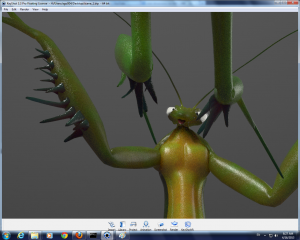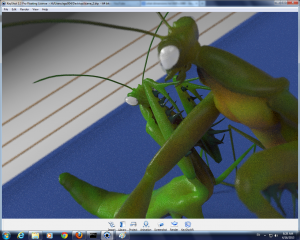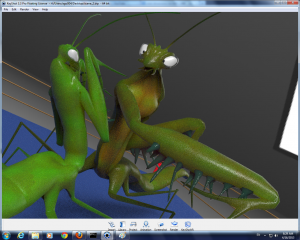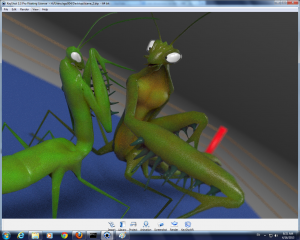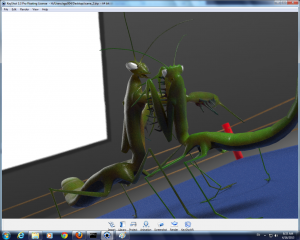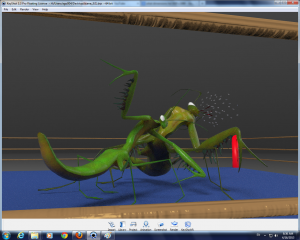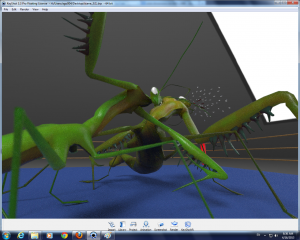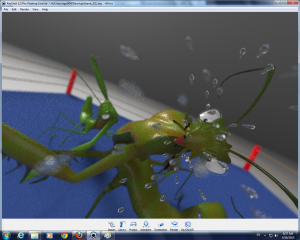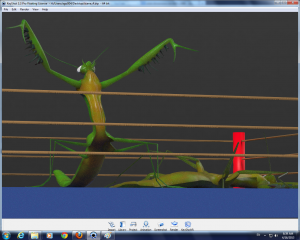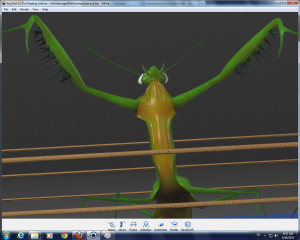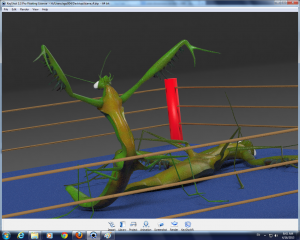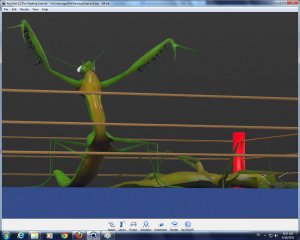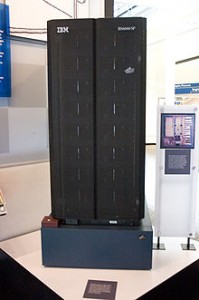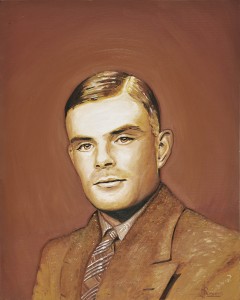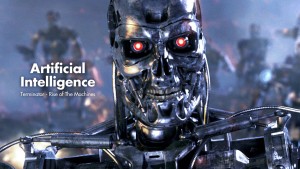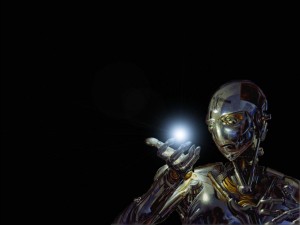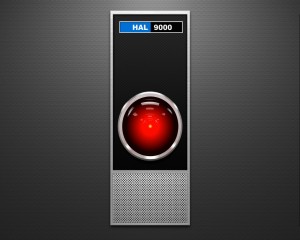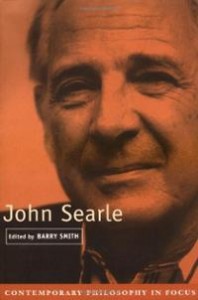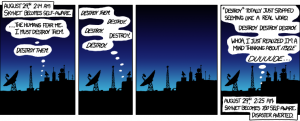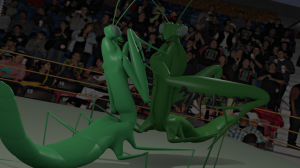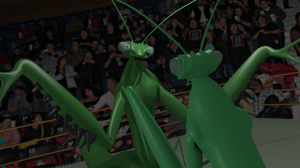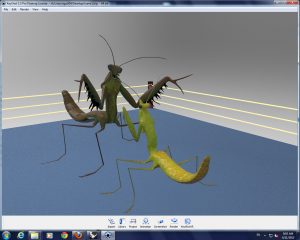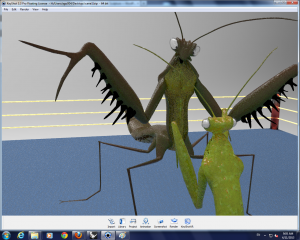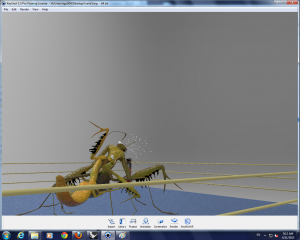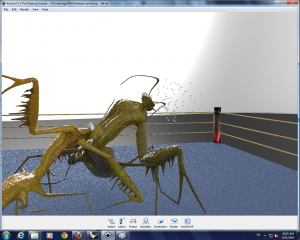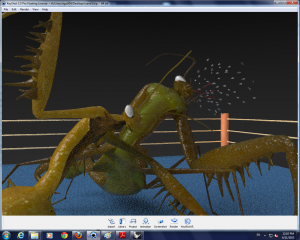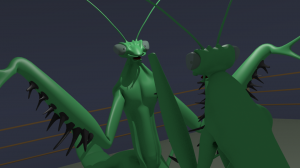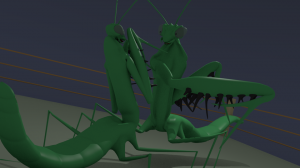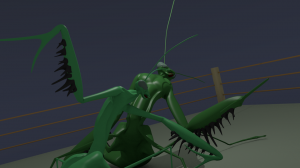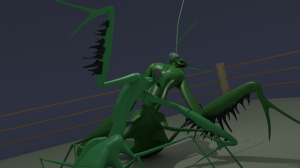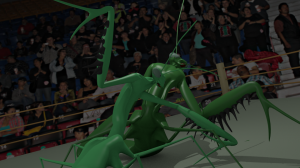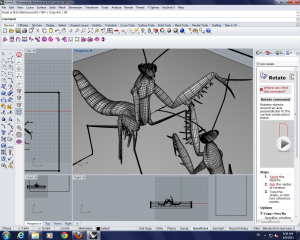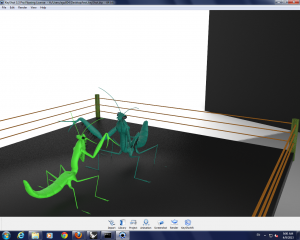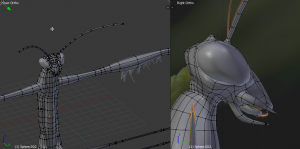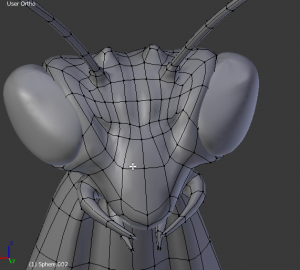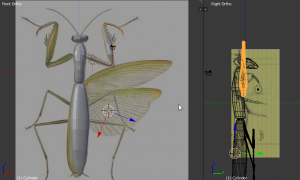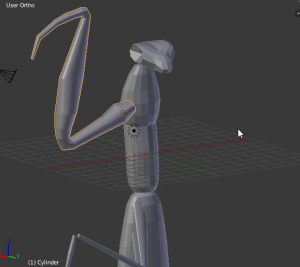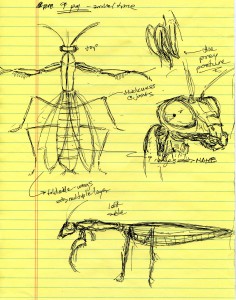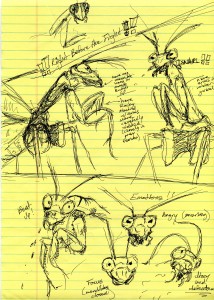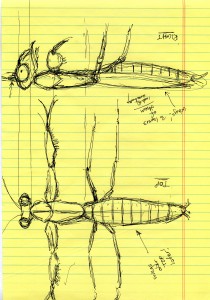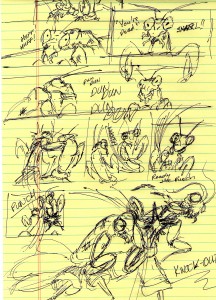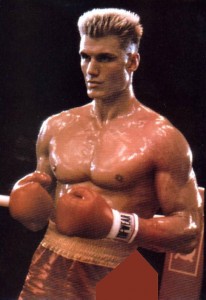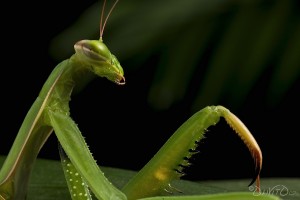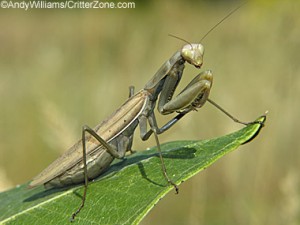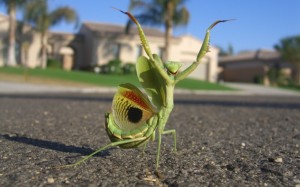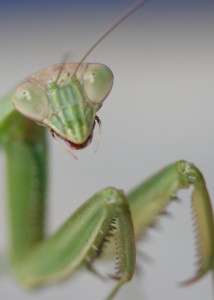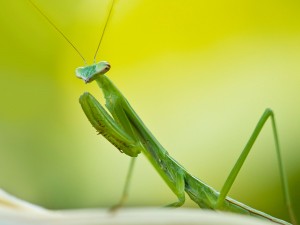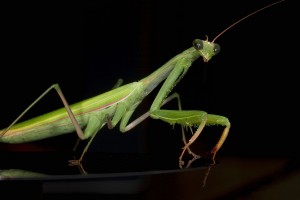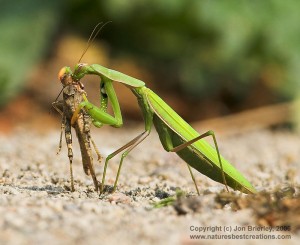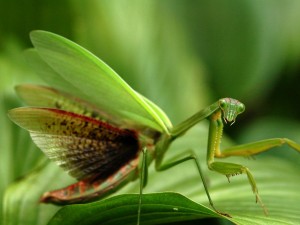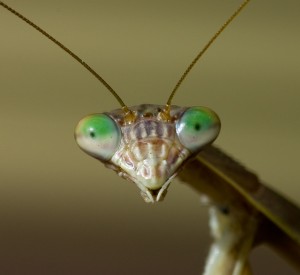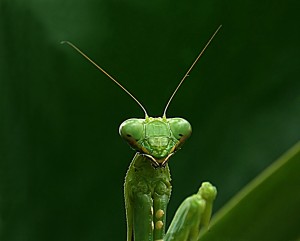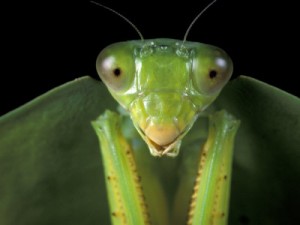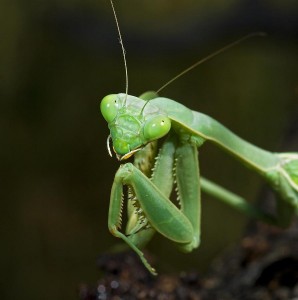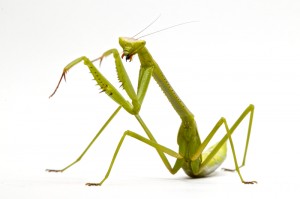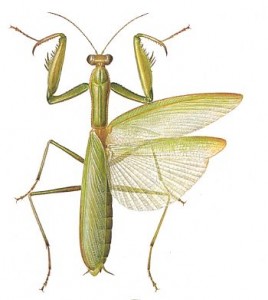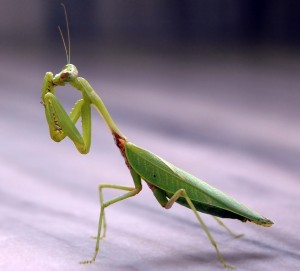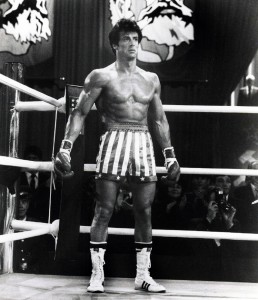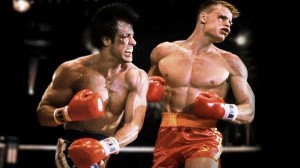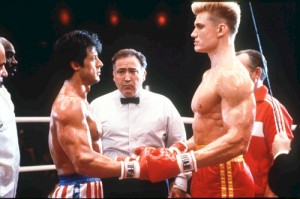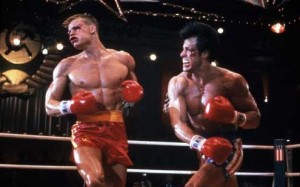Category: Alex
Ororbia Progress/Preliminary Render Forms
Ororbia Project 3: Sketches/Concepts
Here was where I started in terms of sketch-work and concept design for my final project. The sixth sketch somewhat reflects what I want to go for as I was later inspired by The Awakening sculpture and wanted to incorporate its features into my work in some way (I felt the concept and the sculpture’s message could be twisted to fit my own theme of AI and the digital impact on humanity).
Taking shape….
I have decided to speed up the workflow a bit by leveraging a few awesome tools. Makehuman was used to generate the OBJ file of the human body I want to use for the AI entity in the primary scene. The modeled computer head and the body are now one continuous mesh after figuring out the right level of subdivision to get the computer head verts to line up with the neck verts before some mesh stitching was needed. I will be building my own rig, as the ones that MakeHuman auto-generates are too limiting and I have gained ample experience building my own from Project 2.Another great Blender tool is city-generator script built into the system. I am going to use this to get the low-poly buildings I need as the human form will actually be the terrain I have decided to have the buildings come from–very soon the rough form of the final sculpture shall come alive. The materials overlaid on the city are representative, not by any means the actual materials meant to be used, as I will take this to Keyshot.
Project 3: The Idea takes form
Project 3: Phase 4
“Mojo”, Christian Moeller (top), “Hands”, Christian Moeller (middle), and “dePictured (Bitwall 4)”, Christian Moeller (bottom)
The bottom piece is the one that caught my eye at first. The face coming out of the wall (made out of chips, small fragments/bits) fading into the background just barely visible can provide a truly subtle but powerful effect for the presence of something but without that something being truly visible at first glance (almost “big brother” like). The other 2 images combine with that last one to reinforce the theme that technology is everywhere in our world and we have become quite integrated with it: what would happen, I ask, if this technology developed a mind of its own? I would like to incorporate this attribute (of the bottom image) in my final product.
Project 2: The Conclusion
Project 3: Phases 1-3
1. Choose a topic
The topic I have chosen to explore is consciousness, specifically that of which can exist in an artificial entity. Questions that come with this: Can man really build a truly intelligent system/agent? Is it even possible to recreate human intelligence in hardware/software? And if man was able to do this, would such a system be conscious? Would it be wrong to enslave such a “being” since such an individal or being (even if not human or even organic) would be in effect enslaved by us humans? Wouldn’t this give such a machine entity the right to rebel and overthrow humans?
2. Consider and clarify your topic
I chose to explore the age-old philosophical question of consciousness and whether or not this can occur in an artificial entity. Tied with this concept are the issues of humanity holding control over such a being/entity if it truly can be/is conscious. I am a philosophy minor, and perplexing and deep philosophical problems such as the mind-body problem have intrigued me since my Freshman Year here at Bucknell University (since I first studied it in the class “Minds, Brains, and Computers” and later in “Philosophy of the Mind”). Further, this deep, philosophical issue relates to my long-term plans for the future, as I will be studying intelligent systems and artificial intelligence in graduate school in the hopes that one day I can fulfill the original goal of (traditional) AI: develop a truly intelligent agent. The issue of whether or not a truly intelligent artificial agent can be created is linked with Philosophy’s age-old exploration of the concept of consciousness. There are many theories that try to explain consciousness and whether or not it is something that can be recreated (either it’s possible organically or inorganically–i.e. the Physicalist–or not, as consciouness is the “ghost in the system” or a property of even a physical system but exists as solely a mental, non-physical object–i.e. the Mentalist). Ultimately, if one studies this historical debate, one would see that no conclusion has yet been reached, leaving the mind-body problem an open problem with many unanswered questions that probe deep in the essence of the human conscious experience. 10 people/places/things associated with my topic/problem: Ray Kurzweil, Alan Turing (Turing Test), John Searle (Chinese Room Argument), MIT Computer Science & Artificial Intelligence Laboratory, Skynet, robots, HAL (2001), the human brain/mind, weaponry/war (if the intelligent system were to rebel), philosophy, chess (Deep Blue), and jeopardy (Watson).
3. Reference Images
Prelude to Awesomeness
It’s alive…it’s alive….
Spoils of War…
Significant progress was made now that I have started everything from a pure, continuous base mesh, slowly building up resolution once the form is good. Everything, minus the “spikes” for the raptorial legs and the lower-primary “mouth” flap, is one continuous mesh. A few things were chosen to be separate objects as I can parent those elements to a bone, rather than have the bone deform the object directly. Since the mantid needs to “express emotion”, the mandibles will have a simple bone chain to control each for posing. The same will go for the antennae….I’m very happy with how the mesh is turning out, especially as ridges and such are being sculpted in carefully.
Progress #1: Vertex Stitching is a Pain
So far, after drawing out carefully what the feel and look of my final design would be, I have taken my time keeping my model low resolution and worrying more about the form itself, as well as proportion. With a good underlying, low-res geometric form, sculpting in the higher resolution details will be more effective.
I made an alternative design decision that instead of modeling the mantis as separate components that I would rig for posing, I will instead model a continuous form since rigging the model with bones will deform the mesh in a cleaner, more realistic fashion than using ball-joints that I would mold to the pose like I originally thought I would do. Hence the title of this post. I’ve been vertex stitching my disparate pieces so I can create a continuous form….it may not look like much now, but experience has shown me that attention paid to the low-res form in the beginning will lead to effective rigging. Bones that deform a mesh use areas of influence to pull vertices around, given user-set tolerances, or “weights.” However, bones can, when pulled in certain ways during the posing stage can lead to very odd deformations if the underlying mesh isn’t correct, so I’m being very careful so I save myself a great deal of agony later when it will be a bad idea to edit the mesh once it is rigged….
Note that the raptorial legs and back legs are not in their final rest pose. I will flatten them out once vertex stitching is done.
Step #4: Some Sketching
Step #2 – The Narrative
Target Clip: https://www.youtube.com/watch?v=es1OJfSDthI
I chose to examine the final battle between Rocky Balboa and Drago (the Russian antagonist boxer) in “Rocky IV” (1985). I’ve always enjoyed the constructed boxing matches in the more heroic setting (my father, brother, and I would watch these kinds of movies), and especially the Rocky movies’ tendency to have the boxing protagonist, Rocky, take a tremendous beating (sometimes not even protecting or guarding himself properly as a good fighter would) and then deliver the final knockout blow (or blows) to ultimately win the match. As a Martial Artist myself, I was also drawn to the recreation of a fight scene, and even though this is in the context of the sport of boxing, it made me think of the Randori matches characteristic of the practices I went to (of course, those were never as intense as a Rocky match, and keeping up one’s guard was much more important). The key moments in the clip are when Rocky finally delivers a few good blows to Drago after all seemed lost all too soon (this also shows that Rocky does stand a chance against this mighty opponent and this will prove to be a good fight) and when Rocky delivers the final critical blows to Drago, as triumphant music plays and the key secondary characters and the audience cheer, leading to the mighty Russian warrior’s collapse and the protagonist’s incredible victory. The primary thing that I intend to change about this story is the character species: instead of recreating this final climactic scene where Rocky turns the tide of battle and secures victory wholesale, I shall have the boxers be Praying Mantids (in boxer shorts–4 legged ones) instead of human beings. I feel that Praying Mantids would not only be a unique re-interpretation of this iconic movie scene, but appropriate in the sense that these hunting insects brutally attack their prey with their raptorial legs, which not only rest in a “praying position” (which has given the insect its nickname), but what I feel to be a “put ’em up” boxing style, defensive guard-like position.
Step #1: Insect Research, The Mantis
The mantis belongs to the Mantodea order of insects. Its more well-known English name is the “praying mantis”, which identifies the insect for the “praying” posture its two front, spiked limbs, or “raptorial legs” (meant for catching and grasping this insect’s prey), fold into. Praying mantids can see up to 20 meters with their compound eyes (made up thousands of photoreceptor cell clusters) that afford them a binocular field of vision and precise, stereoscopic vision for close ranges. The mantis is an insect that hunts (and largely by ambushing its prey, since it is camouflaged either by coloration or environmental mimicry, standing perfectly still until its target is close by that it either can grasp it or it can easily pursue), relying heavily on its vision. Many mantid species will fly at night (to avoid predators such as birds), especially males looking for the less mobile females. One neat trick up the mantis’s sleeve is that it has a special organ that allows it to detect the echolocation of bats and ultimately avoid and evade these predators. The mantid’s diet changes as matures/grows, starting off by eating small insects (and even its own siblings!), and larger mantid species prey upon small creatures such as lizards, frogs, birds, snakes, fish, and rodents.
Praying mantids have been used as a natural/biological form of pest control (some gardening stores have sold mantis egg cases for this reason). However, while mantids will eat pests, they will also prey on beneficial insects, so this form of pest control is not without a few drawbacks. While the insect has involved in many Western writings, as well as a representation of courage and fearlessness in some ancient Chinese texts (i.e. the Erya), one of the most interesting cultural takes on the mantis come in the form of Martial Arts. Two different Chinese fighting styles/arts have come about based on the mantis itself. In Southern African indigenous mythology, the mantid is viewed as a god, which only further exemplifies how it is viewed with respect and admiration.
As a kid, my brother and I would often go outside to catch insects, such as grasshoppers and the like, and a praying mantis was always the best and most fascinating find. I hope to “fascinate” the viewers of my final image series/renders with my mantid subjects as the insect fascinated me as a child.
Step #3: Reference Images
Here is my initial collection of reference images for my idea/project/insect:
My idea, if you couldn’t begin to tell, is to re-create the climactic scene when Rocky, in Rocky IV, delivers the knock-out blow to Drago (the Russian boxing villain who also kills Rocky’s friend at the start of the movie) and win the final match (after taking quite the beating). Of course, Rocky will be “Rocky Mantid” and Drago will be beefier, stronger praying mantid.
